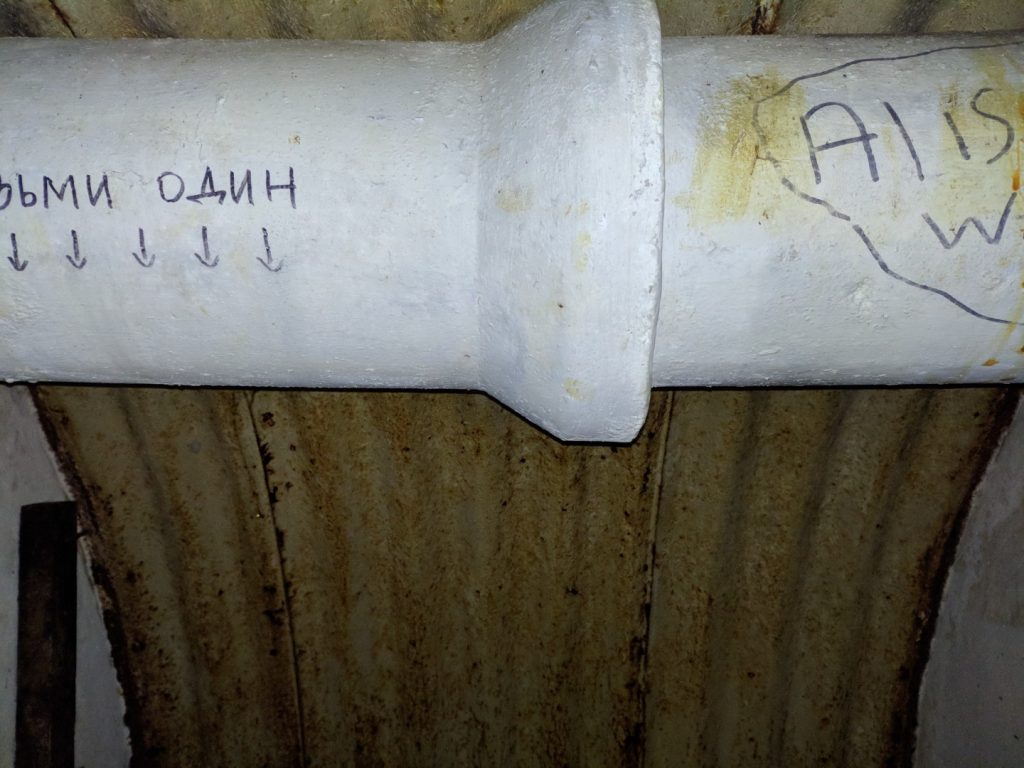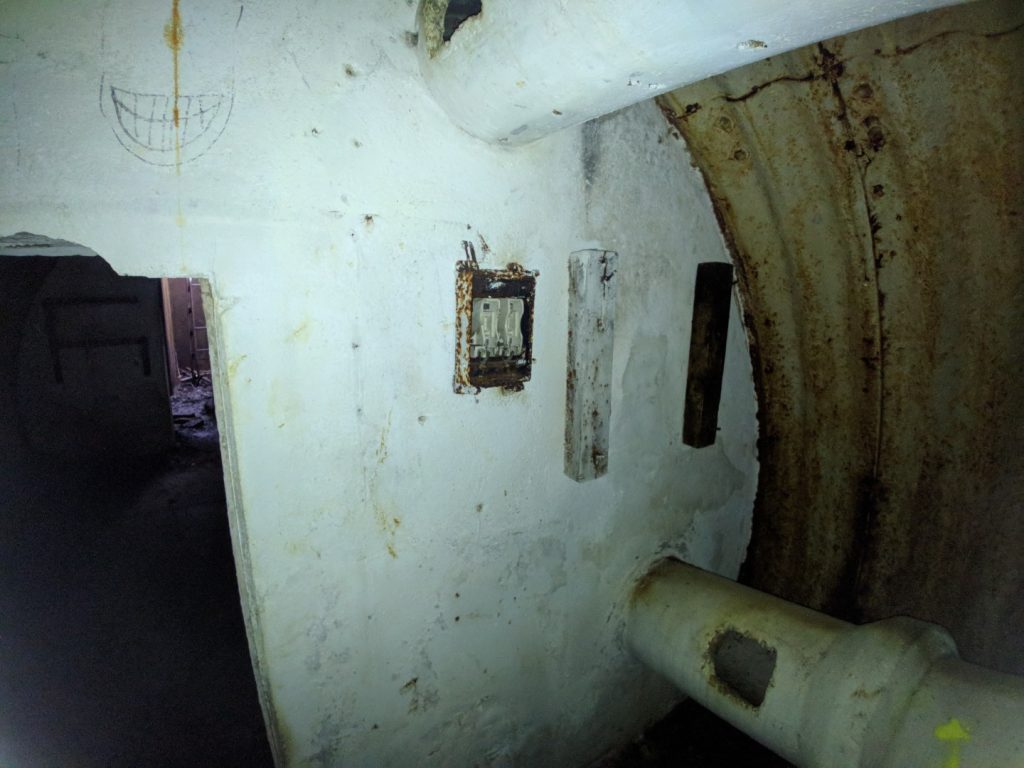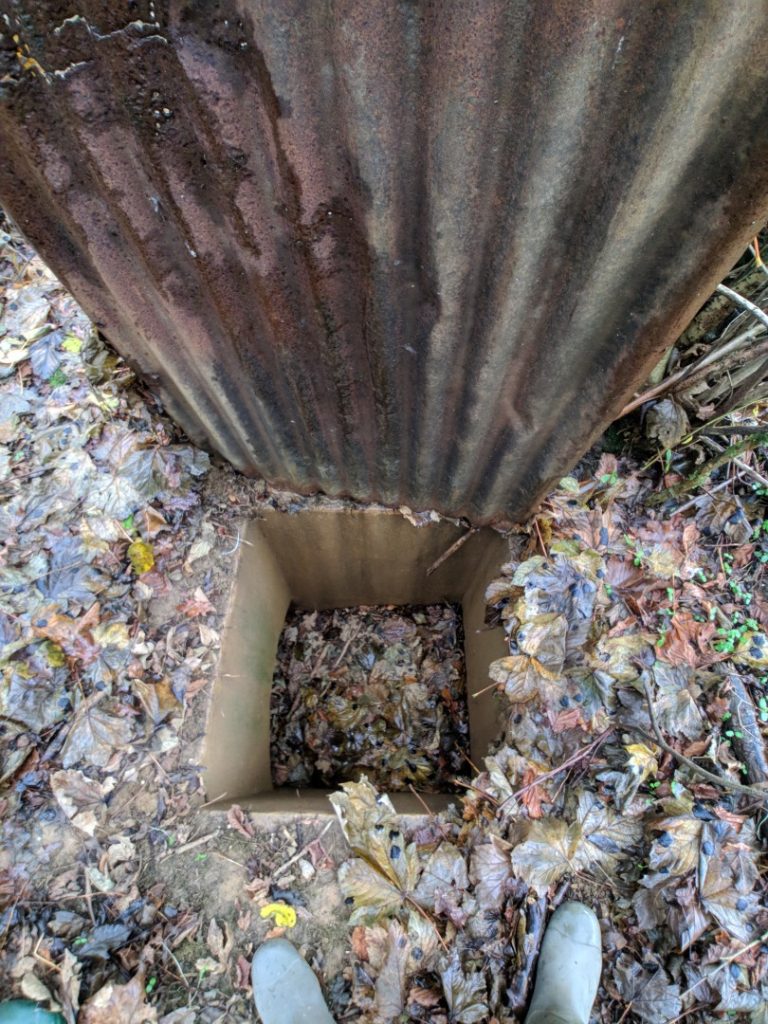The Auxiliary Units or GHQ Auxiliary Units were specially trained, highly secret units created by the United Kingdom government during the Second World War, with the aim of resisting the expected occupation of the United Kingdom by Nazi Germany, after a planned invasion codenamed Operation Sea Lion. Having had the advantage of seeing the fall of several Continental nations, the United Kingdom was the only country during the war that was able to create such a resistance movement in advance of an invasion.
The units, sometimes referred to as a part of the British Resistance Organisation, were initiated by Winston Churchill in the early summer of 1940. He appointed Colonel Colin Gubbins to found them. The Auxiliary Units answered to GHQ Home Forces, but were organised as if part of the local Home Guard.









Operational Patrols consisted of between four and eight men, often farmers or landowners and usually recruited from the most able members of the Home Guard, who also needed an excellent local knowledge and the ability to live off the land. As cover, the men were allocated to “Home Guard” battalions 201 (Scotland), 202 (northern England), or 203 (southern England) and provided with Home Guard uniforms, though they were not actually Home Guard units.
Around 3,500 such men were trained on weekend courses at Coleshill House near Highworth, Wiltshire, in the arts of guerrilla warfare including assassination, unarmed combat, demolition and sabotage. Recruits for Coleshill reported to the Highworth post office, from where the postmistress Mabel Stranks arranged for their collection.
Each Patrol was a self-contained cell, expected to be self-sufficient and operationally autonomous in the case of invasion, generally operating within a 15-mile radius. They were provided with a concealed underground Operational Base (OB), usually built by the Royal Engineers in a local woodland, with a camouflaged entrance and emergency escape tunnel; it is thought that 400 to 500 such OBs were constructed. Some Patrols had an additional concealed Observation Post. Patrols were also provided with a selection of the latest weapons including a silenced pistol or Sten Gun and Fairbairn-Sykes “commando” knives, quantities of plastic explosive, incendiary devices, and food to last for two weeks. Members anticipated being shot if they were captured, and were expected to shoot themselves first rather than be taken alive.
The mission of the units was to attack invading forces from behind their own lines while conventional forces fell back to the last-ditch GHQ Line. Aircraft, fuel dumps, railway lines, and depots were high on the list of targets, as were senior German officers. Patrols secretly reconnoitred local country houses, which might be used by German officers, in preparation.




